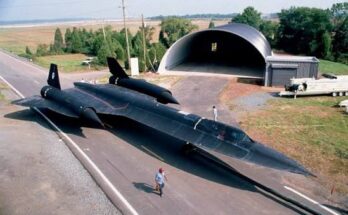

On September 29, 2006, a devastating midair collision shook the aviation world when Gol Transportes Aéreos Flight 1907, a commercial airliner, collided with a business jet high above the Amazon rainforest. This catastrophic accident claimed 154 lives and exposed critical vulnerabilities in air traffic control and aircraft communication systems in Brazil. The tragedy remains one of the deadliest aviation disasters in the nation’s history.
Gol Flight 1907 was a Boeing 737-800 on a scheduled domestic route from Manaus to Brasília, continuing on to Rio de Janeiro. On board were 148 passengers and six crew members. At the same time, a newly delivered Embraer Legacy 600 business jet operated by ExcelAire, a U.S.-based charter company, was on a delivery flight from São José dos Campos to the United States. The Embraer carried seven people, including two pilots and five passengers, all of whom survived.
At approximately 37,000 feet, the two aircraft were flying in opposite directions along a route known as UZ6, over the remote expanse of the Amazon rainforest. Unbeknownst to the pilots and air traffic controllers, both aircraft were flying at the same altitude on a collision course. At 16:56 Brasília time, they struck each other midair. The Embraer’s winglet sliced into the left wing of the Gol 737, causing catastrophic structural failure. The Gol aircraft broke apart and plummeted into the dense jungle below, killing everyone on board.

The Embraer, although severely damaged, remained controllable. The pilots managed to land the jet safely at a military airstrip in Cachimbo, Pará. The crew and passengers were unharmed, but the question loomed: how could such a collision occur in controlled airspace?
The investigation led by Brazil’s aviation authorities and the U.S. National Transportation Safety Board (NTSB) revealed a complex sequence of failures. Central to the tragedy was a loss of transponder and Traffic Collision Avoidance System (TCAS) functionality on the Embraer jet. These systems are critical for detecting and avoiding other aircraft. Evidence suggested that the Embraer’s transponder stopped working for nearly an hour before the collision, rendering the plane effectively invisible to both air traffic controllers and the Gol aircraft’s onboard safety systems.
Contributing to the disaster were miscommunications between the Embraer crew and Brazilian air traffic control. Language barriers, procedural ambiguities, and reliance on incomplete or incorrect data led controllers to mistakenly believe the Embraer had been cleared to maintain 37,000 feet, despite standard procedures requiring a descent when heading westbound.
In the aftermath, Brazilian authorities prosecuted the two American pilots of the Embraer for criminal negligence, a move that sparked international controversy. Aviation experts and pilot unions argued that systemic failures, not individual blame, were at the heart of the disaster. The pilots were initially convicted in absentia but later had their sentences reduced or overturned.

The Gol 1907 disaster prompted significant changes in Brazilian air traffic control procedures and renewed global focus on the importance of onboard collision-avoidance systems. Improvements in controller training, radar coverage, and communication standards were implemented in Brazil. The incident also served as a stark reminder of the intricacies and interdependencies of modern aviation systems.
Today, Gol Flight 1907 is remembered not just for the lives lost, but as a case study in how lapses in technology, communication, and procedure can intersect with fatal consequences. Aviation safety has evolved since the tragedy, but the lessons from that fateful day continue to shape policies and prevent future disasters.


